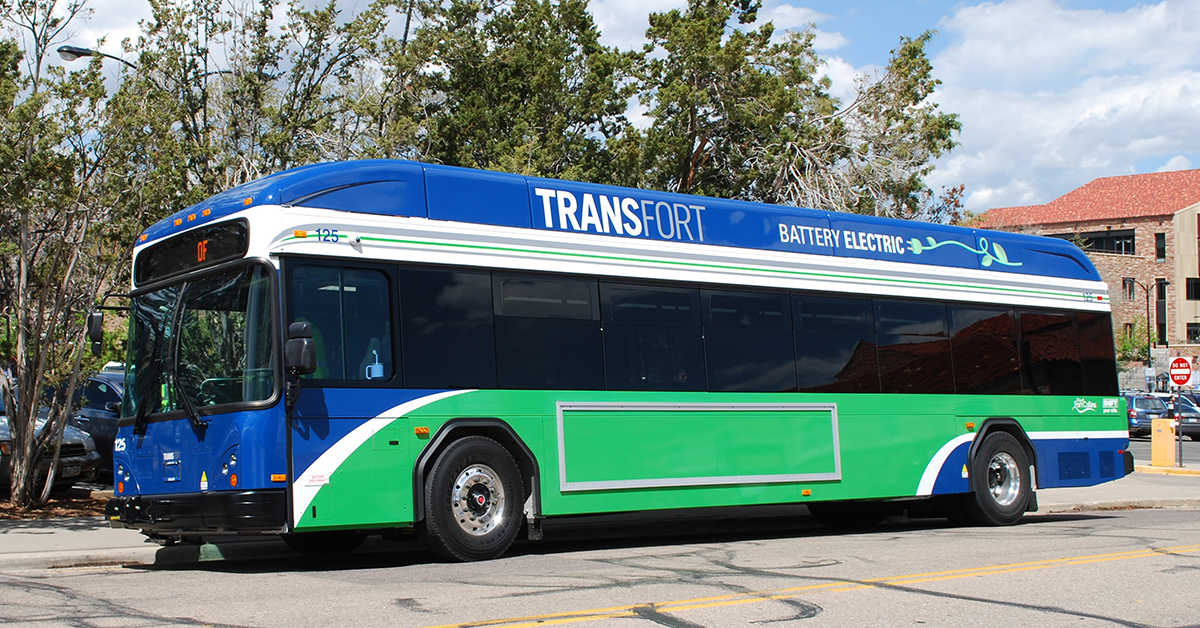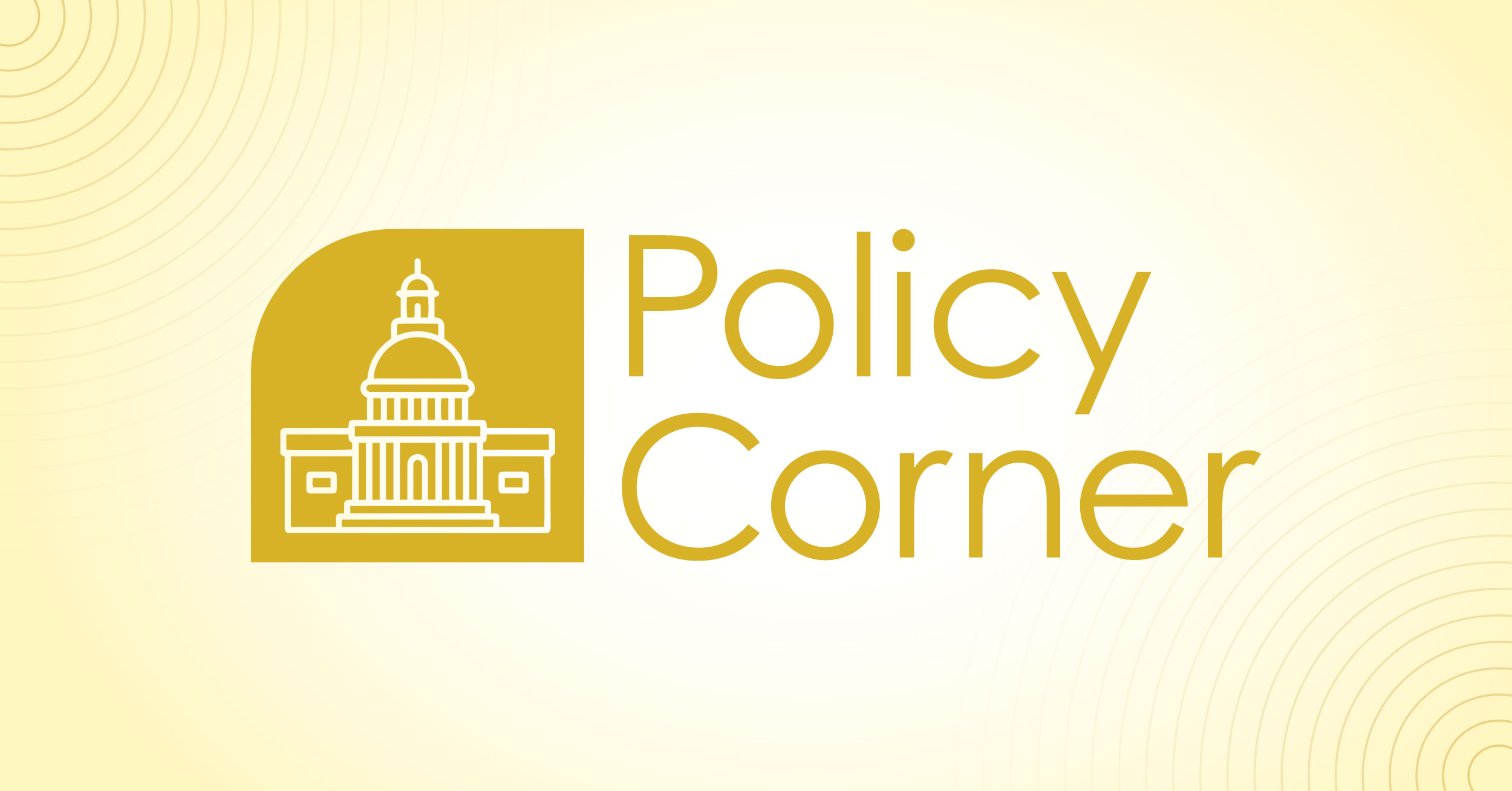Looking Ahead: The Third Anniversary of IIJA and Future Opportunities in Surface Transportation Reauthorization

Authored by Taylor Pitel, Director of Policy and Eleanore Sammeth, Policy Associate
Today marks the third anniversary of the Infrastructure Investment and Jobs Act (IIJA), a landmark piece of legislation representing the largest long-term infrastructure investment in U.S. history. The act has transformed the zero-emission transportation landscape, laying a strong foundation for industry growth, U.S. job creation, and technological advancement. As we look to the surface transportation reauthorization in 2026, CTE encourages Congress to continue to support efforts that bolster American innovation, strengthen energy independence, create U.S. jobs, expand zero-emission transportation options, and reduce greenhouse gas emissions.
CTE has two key recommendations to continue this progress in the upcoming reauthorization:
1. Expand Funding for the Low or No Emissions Vehicle (Low-No) Program
The Federal Transit Administration’s (FTA) Low-No program is a foundational driver of zero-emission transit in the U.S., funding the deployment of clean buses and the infrastructure needed to support them. This year alone, the program awarded nearly $1.5 billion in competitive grants, enabling transit agencies to procure more than 1,100 clean buses.
The impact of these investments is already evident. Across the country, buses are on the roads, infrastructure is in place, and many agencies have even committed to full zero-emission fleet transitions. During the development of the IIJA, CTE played a pivotal role in championing the inclusion of a fleet transition plan requirement. This essential provision ensures agencies deploy zero-emission buses cost-effectively while working closely with utilities to prepare the grid for increased demand. Today, 13 of the top 25 public transit agencies—representing 34% of U.S. buses—are committed to full zero-emission fleet transitions, marking significant progress toward decarbonizing public transit. Disinvestment at this critical juncture would not only stall progress but also waste millions of dollars already invested in infrastructure, vehicles, and planning.
To sustain and build upon this momentum, expanding funding for the Low-No program in the next surface transportation reauthorization is essential. Doing so will extend the benefits of zero-emission transportation to more communities and continue to strengthen the nation’s clean energy and transportation manufacturing industry.
2. Expand the Transit Vehicle Innovation Deployment Centers (TVIDC) Program
While Low-No expands access to clean transit technologies, the TVIDC program is essential to advancing the performance and reliability of these technologies. Modest in scale but significant in impact, TVIDC supports transit vehicle and infrastructure technology research and development to bridge critical cost and operational gaps, making zero-emission transit more affordable and dependable for agencies nationwide.
Through TVIDC, CTE convened a focus group of transit manufacturers, operators, and stakeholders, which provided critical input on practical limits for vehicle customization and reformed procurement processes. These recommendations were presented by CTE at a White House roundtable in February 2024, and ultimately led to the issuance of a Dear Colleague Letter from FTA to streamline zero-emission bus manufacturing.
Expanding the TVIDC program will drive sustained progress in research, development, and demonstration projects, supporting transit agencies in meeting their ambitious fleet transition goals and ensuring federal dollars will not be wasted.
As we celebrate three years of IIJA’s transformative impact, it’s crucial to reflect on the lessons learned and leverage them to shape the next chapter of transportation policy. With sustained and strategic investments, we can continue building on this momentum, paving the way for a cleaner, more sustainable future in public transit and beyond.





